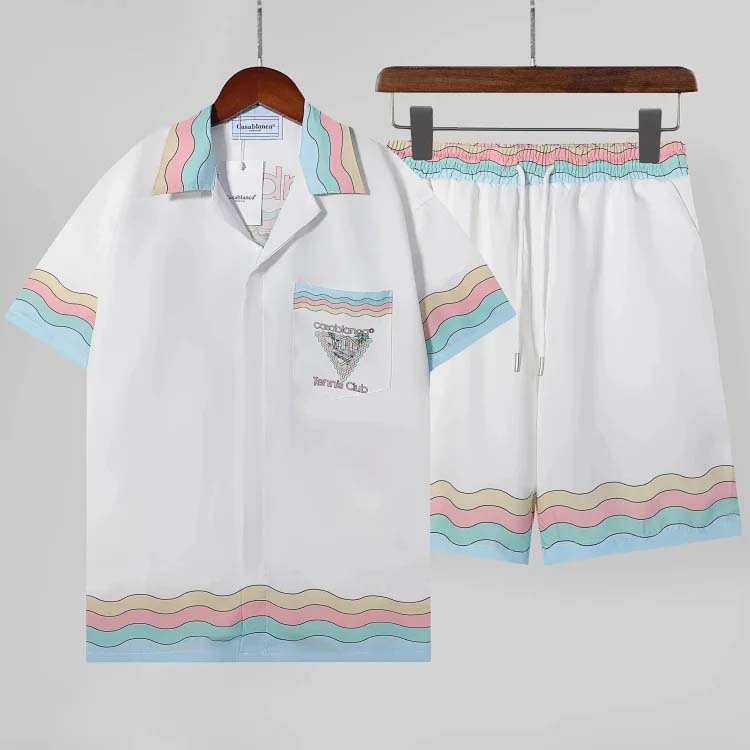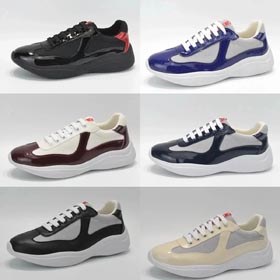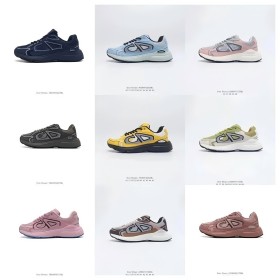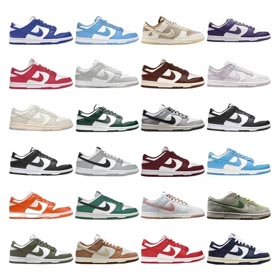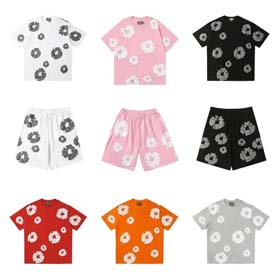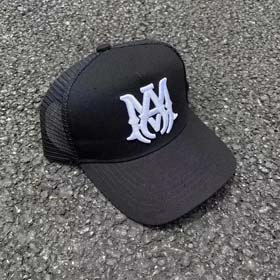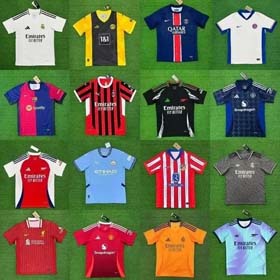The Evolution of Sustainable Fashion: A Guide to Ethical Clothing Choices
In recent years, the fashion industry has undergone a significant transformation toward sustainability. As consumers become more environmentally conscious, brands are adapting to meet the demand for eco-friendly clothing options.
Understanding Sustainable Fashion
Sustainable fashion refers to clothing that's designed, manufactured, and distributed with consideration for environmental and socio-economic impacts. Key aspects include:
- Use of organic and recycled materials
- Reduced water and energy consumption
- Ethical labor practices
- Circular production models

How Consumers Can Make a Difference
Your purchasing decisions have real power to influence industry practices. Consider these actions:
5 Simple Steps to Sustainable Shopping:
- Research brands' sustainability commitments
- Choose quality over quantity (adopt a "capsule wardrobe" approach)
- Support brands with transparent supply chains
- Explore second-hand and upcycled options
- Properly care for clothes to extend their lifespan
A study by Global Textile Research
The Future of Fashion
While progress is being made, the sustainable fashion movement requires continued consumer awareness and industry innovation. New technologies like:
- Bio-fabricated materials
- Blockchain for supply chain transparency
- Waterless dyeing techniques
are paving the way for a truly responsible fashion ecosystem. Every thoughtful purchase contributes to this positive change.
Ready to make a difference? Start by assessing your current wardrobe at our interactive sustainability checker.


